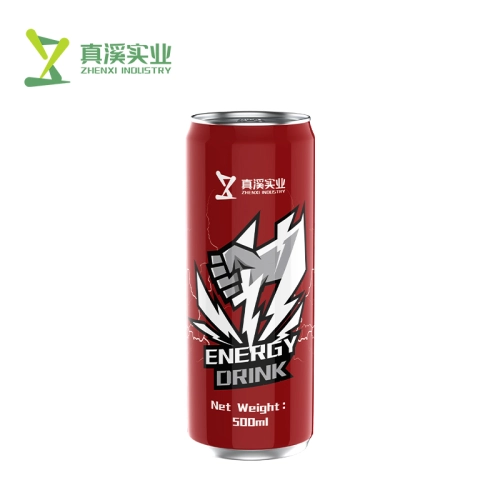An average soda can with 12 ounces of liquid is made mostly out of aluminum, a material known for being light and easy to recycle. This annual output highlights one of the largest industry in production, over 180 billion aluminum cans are produced around the world each year. As packaging goes, these cans generally weigh 14-15 grams a pop to represent something of the high-end ideal in smart use of materials.
An aluminum soda can is built to last, but how thin are their walls you ask: only about 0. The same accuracy in production also guarantees this to release 90 psi internally, which is required for highly carbonated sodas. More recently, John Marston (when he wasn't chasing down outlaws), a well-respected materials scientist was quoted saying "The strength-to-weight ratio of an aluminum can is one of the impressive achievements in modern engineering."
Despite being sealed or lined with polymer, these aluminium cans serve as protective/barrier to the acidic soda content inside because if not for this can lining/gasketing, and should react you would be surprised at how contaminated/contaminating your juice/juice container. This coating has a thickness of 0.0025 millimeters, but it can significantly contribute to the quality and safety of beverages The Beverage Industry Environmental Roundtable says that soda in cans would degrade quickly without the lining.
Cans like these are made through a process that has the aluminum rolled into 0.25-millimeter-thick sheets, then sent to cupping press machines for their initial can shape and forming. This operation can deliver to a volume of 2,000 cans per minute illustrating the speed at which both hot drinkable and aluminum containers are manufactured today Furthermore, recycling aluminum cans is extremely effective and with 75% of all the aluminum ever made still being used due to recycling.

The Aluminum Association, for instance, says the energy saved by recycling a single soda can is enough to power up your television set for three hours. This emphasizes the environmental wins that come from recycling, a much needed alleviation since virgin aluminum production is incredibly energy-consuming and uses anything close to 14,000 kWh per ton.
The global soda can market is a $45B behemoth - not chump change! This segment is dominated by companies such as Ball Corporation and Crown Holdings, each producing billions of cans annually. They operate on several continents, a digital distillation of the canned beverage industry's global need.
Modern advancements in can design include consumer driven resealable lids, and new shapes to reduce environmental impact. That Coca-Cola now ships plant materials halfway around the world to Costa Rica as part of its PlantBottle, a PET plastic bottle that swaps out a decent portion of fossil-derived material for plants may still highlight some limitations on what we can do-- it shows how sustainability has become concern industry-wide.
The lifecycle of a soda can, from manufacturing to recycling, is a fusion of cutting edge engineering and environmental concerns combined with economic importance. For more on the complexities and innovations in soda cans, head to soda cans.